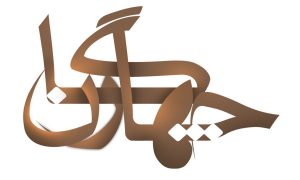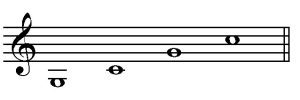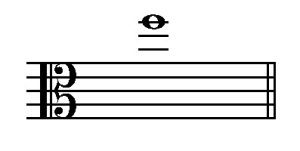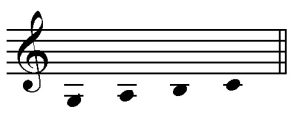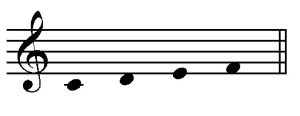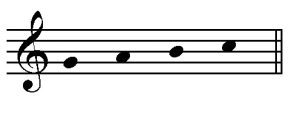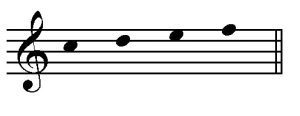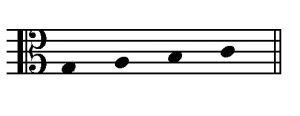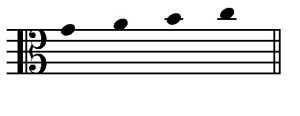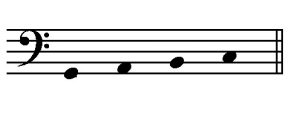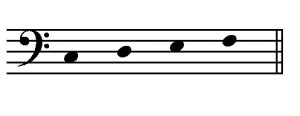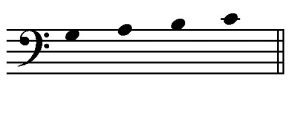String Quartet in Iranian Music
History
According to the published texts it can be confirmed that string-bowed instrument ensemble (Iranian form) is not so long. From the 60s on using the combination of two or three Kamanchehs (and probably a Qeychak) has become prevalent. Ardeshir Kamkar is the first composer who has written and performed notable pieces for an ensemble of string and bowed instruments without using plectrum instruments.
What is Persian String Quartet?
Persian string quartet consists of two Kamanchehs, a Baritone Qeychak, and an Alto Qeychak. This instrument combination cannot be considered a new combination, since it is similar to its western kind: Two violins, a viola, and a cello which is one of the main combinations in western music in recent 5 centuries. But one could realize some specific features in this Iranian version which are innovative in some respects.
Acoustic and performing characteristics and capacities
It’s probably not possible to reach a consensus, acceptable for all the Iranian music players’ taste as far as we have not reached some clear results in the study of different styles of playing Kamancheh in Iranian music. It is the same (even more complicated) about Qeychak and Baritone Qeychak, since they are both very young instruments (not for having both their own repertoire and also the lack of a union playing style and education) in today’s Iranian music.
It is clear that Iranian string quartet with the same mentioned situation and the lack of pre-gained experiments in composition or performance (because of the new arrangement) follows the same stream.
Therefore presenting any kind of definition, evaluation or classification for the techniques and performance situations of these instruments (either about each single instrument or their combination) which has to be made on clear scientific bases seems very hard at the current situations.
Anyways, we consider the obvious characteristics of these instruments briefly:
Tunes
In playing Kamancheh like some other Iranian instruments some current and certain tunes are used for performance in different modes. In other words according to what is prevalent in playing kamanche in Iranian music, players usually choose the kooks traditionally in proportion to the modals and tunals of the performing track. About Qeychak and Baritone Qeychak the same spaces used in Kamancheh’s tune, (with a little adjustment according to the characteristics of these instruments) is prevalent. The followings tunes are those which are respectively used mostly:
1st tune
Kamancheh:
Qeychak:
Baritone qeychak:
2ND tune
Kamancheh:
Qeychak:
Baritone Qeychak:
Register
According to the above mentioned tunes (in which the bassest achievable notes are clear) the most high-toned notes which are easily achievable are as follow:
(using more high-toned positions are potentially possible in Qeychak and Kamancheh. Therefore according to the special terms of these instruments and their playing style, achieving these notes and even more high-toned notes always depend to some other factors.)
Kamancheh
Qeychak
Baritone Qeychak
Sound quality on different strings
Different sounds on different strings of Kamancheh, Qeychak and Baritone Qeychak have their own positions and characteristics. Here we present briefly the acoustic samples of fingering in the first position of these instruments.
Sounds on Kamancheh strings on the assumption of basing the most prevalent tune (TUNE 1 in these instruments) are like this:
